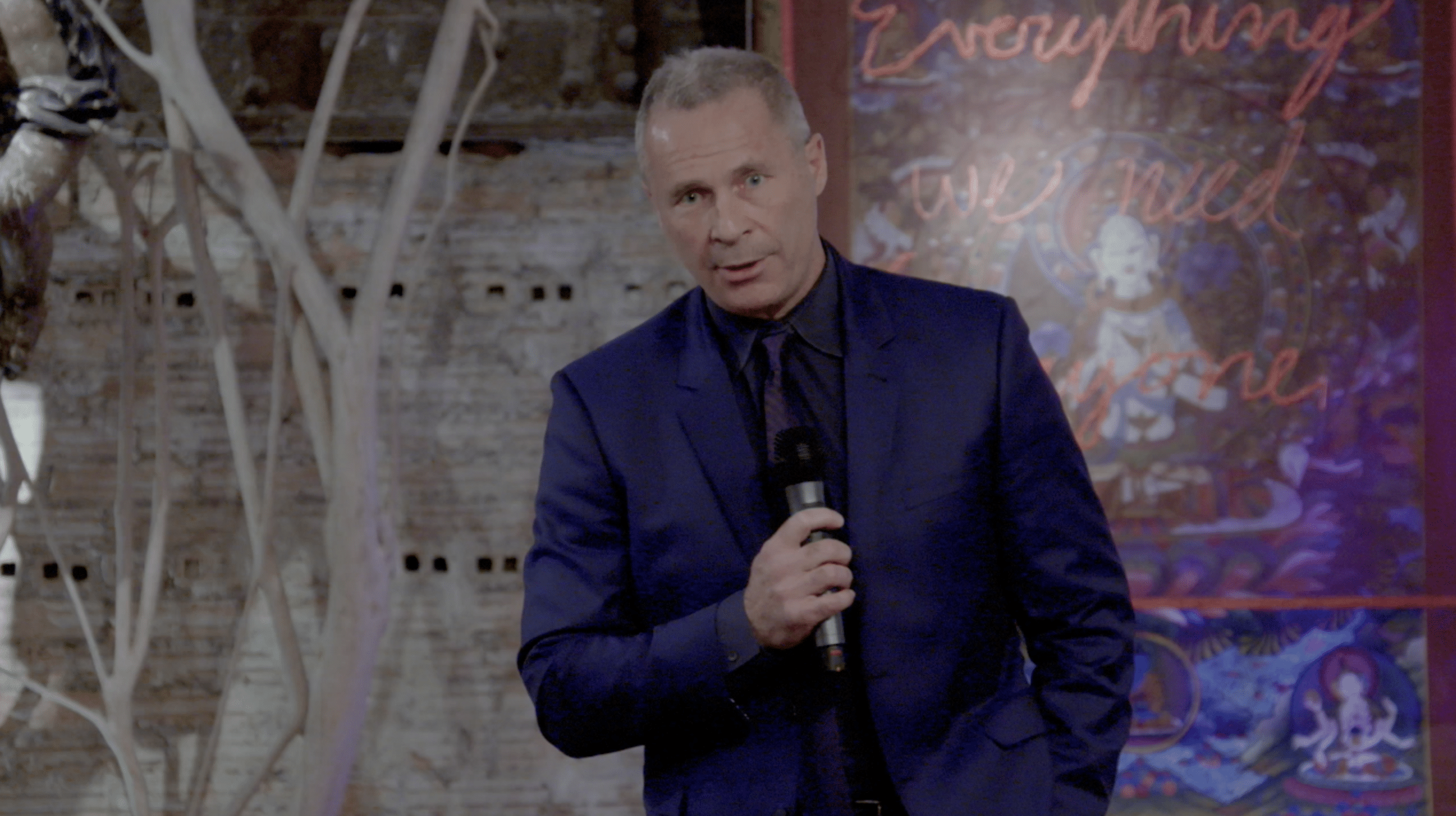
At the Functional Forum, Dr. Patrick Roth spoke about the need for doctors to be actively engaged in their patients’ care.

At the Functional Forum, Dr. Patrick Roth spoke about the need for doctors to be actively engaged in their patients’ care.
Hackensack Office
2 University Plaza Drive, Suite 500
Hackensack, NJ 07601
(201) 342-2550
Hackensack – Satellite Office
20 Prospect Avenue Suite 907
Hackensack, NJ 07601
(201) 342-2550
HUMC Neuroscience Institute
650 From Rd, Suite 506
Paramus, NJ 07653
(201) 342-2550
Montclair Office
70 Park St Suite 312
Montclair, NJ 07042
(201) 342-2550
Palisades Office
7650 River Rd Suite 300
North Bergen, NJ 07047
(201) 342-2550
Copyright © 2024 New Jersey Brain and Spine. All rights reserved.